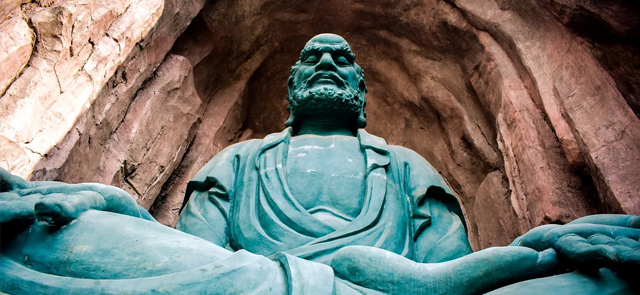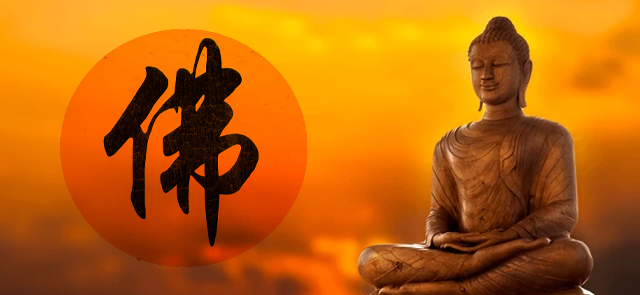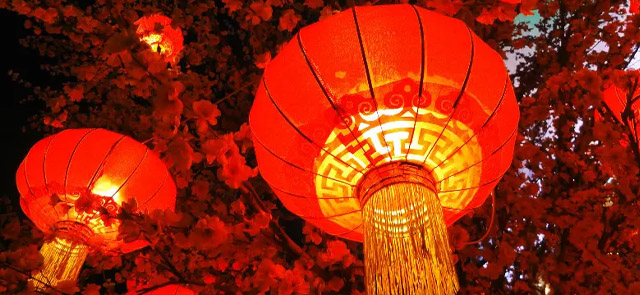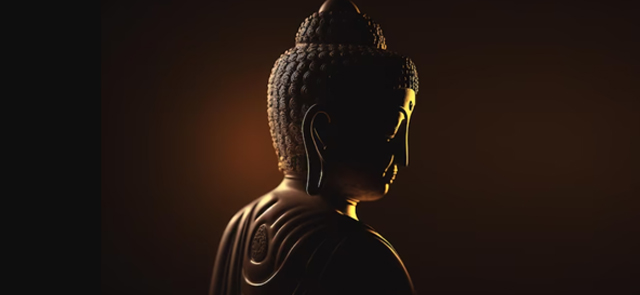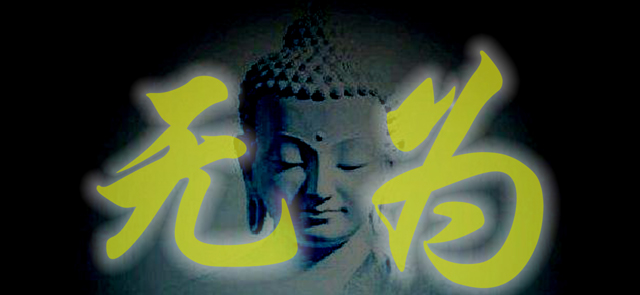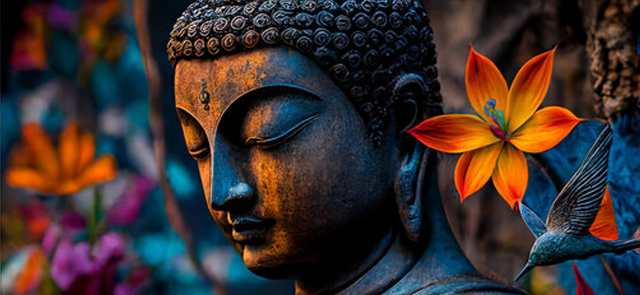Bodhidharma, also known as Daruma in Japan, was a Buddhist monk who lived in the 5th or 6th century CE. He is believed to have been the first patriarch of Chan Buddhism, a school of Mahayana Buddhism that emphasizes meditation as the means to attain enlightenment. Bodhidharma is also credited with bringing Buddhism to China and influencing the development of martial arts in the Shaolin Temple. In this essay, we will explore Bodhidharma's influence in the Shaolin tradition and how it has impacted martial arts and spiritual practices to this day.
Bodhidharma's Journey to China
According to legend, Bodhidharma was born in southern India and trained in Buddhism under the third patriarch of the Indian Mahayana tradition. He then traveled to China, where he spent several years at the Shaolin Temple in Henan Province. His arrival in China is often cited as the beginning of Chan Buddhism, which later became known as Zen in Japan.
At the Shaolin Temple, Bodhidharma is said to have developed a system of exercises to help the monks maintain their physical health and energy during long hours of meditation. This system, which became known as the "18 Hands of the Lohan," is believed to have been the precursor to Shaolin Kung Fu. The exercises involved stretching, breathing techniques, and movements that mimicked the movements of animals. They were designed to improve strength, flexibility, and balance, as well as to enhance concentration and discipline.
Bodhidharma's Legacy in the Shaolin Tradition
Bodhidharma's influence in the Shaolin tradition is significant and far-reaching. His teachings and practices laid the foundation for the development of Chan Buddhism and Shaolin Kung Fu. Here are some of the ways in which his legacy has impacted these traditions:
1. Chan Buddhism: Bodhidharma's emphasis on meditation as the means to attain enlightenment is a central tenet of Chan Buddhism. His teachings were focused on helping his students develop a clear and calm mind, free from distraction and attachment. This is achieved through the practice of meditation and mindful-ness, which remains a key element of Chan Buddhism to this day.
2. Shaolin Kung Fu: Bodhidharma's development of the "18 Hands of the Lohan" laid the foundation for the development of Shaolin Kung Fu. This system of martial arts emphasizes physical strength, flexibility, and balance, as well as dis-cipline and focus. The movements are often inspired by the movements of animals, such as the tiger, crane, and snake.
3. Health and Wellness: Bodhidharma's emphasis on physical health and energy has also had a lasting impact on the Shaolin tradition. The exercises he developed are still practiced today, both in the Shaolin Temple and by martial arts practitioners around the world. These exercises are believed to promote physical health, mental clarity, and spiritual wellbeing.
4. Cultural Influence: Bodhidharma's arrival in China is seen as a significant moment in the history of East Asian culture. His teachings and practices have influenced not only Chan Buddhism and Shaolin Kung Fu but also other aspects of Chinese culture, such as calligraphy, painting, and poetry. His image is often de-picted in traditional Chinese art, and he is revered as a cultural hero in many parts of East Asia.
Conclusion
Bodhidharma's influence in the Shaolin tradition is profound and enduring. His teach-ings and practices have had a lasting impact on the development of Chan Buddhism and Shaolin Kung Fu, as well as on health and wellness practices around the world. His legacy continues to inspire people to seek physical, mental, and spiritual wellbeing, and his image remains a symbol of cultural and spiritual importance in East Asia.
